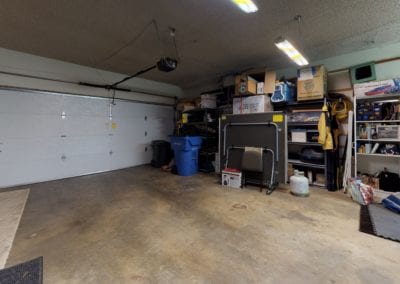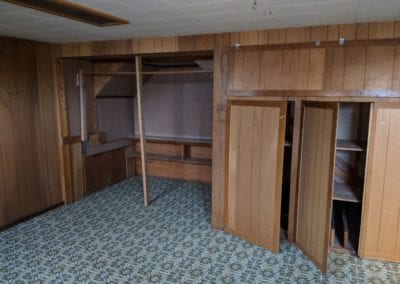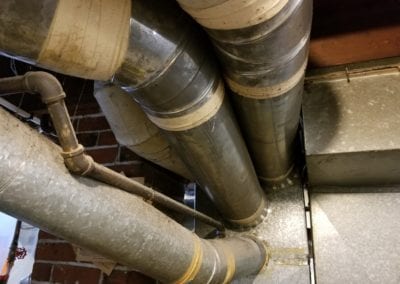When and how to test for Asbestos
Myth: But, my house isn’t old enough to require testing!
In our area we are required to test for asbestos before we renovate a home- no matter the age. Asbestos is a regulated, not prohibited, material and can still be found in many products. According the the SWCAA (Southwest Clean Air Agency) prior to renovation or demolition of a home, vessel, mobile/manufactured home and components thereof- you must test materials to ensure they are asbestos free.
According to the SWCAA:
” Prior to demolition or renovation of a structure, a thorough asbestos inspection must be conducted by an AHERA certified inspector in order to ascertain the presence of Asbestos Containing Material (ACM) in all affected structure(s) or area(s). A copy of the AHERA asbestos inspection report must be available for viewing at the project site”
More on the rules and process for dealing with asbestos can be found here and here
Common materials with asbestos content
We usually don’t find asbestos in homes built in the past 20-30 years. Recently we’ve only come across it in old linoleum flooring, acoustic ceiling texture (commonly called popcorn texture), and tape used for sealing ducts. It can show up in a number of other products as well, but in our experience they are less common (at least in our area). The EPA has a list of products with potential asbestos content here.
Testing
Samples must be taken by someone with AHERA (Asbestos Hazard Emergency Response Act) credentials to be valid. We work with a local company who takes the samples and does the testing. They know which products need to be tested and are trained on the proper protocols for getting the samples, storing them, and transporting them to the lab for testing. The process usually takes about a week or two. It needs to be factored into the overall timeline (so plan ahead!). If asbestos is found, it has to be removed and disposed of legally by an abatement contractor with the licensing, equipment, and experience to do it thoroughly and safely.
Abatement
Prior to removing the asbestos content, the abatement contractor must file the required paperwork followed by a 10 day waiting period (unless it qualifies as an emergency situation, in which case the waiting period may be waived). Once the abatement work is complete, we may proceed with construction. We always have our clients contract directly with the abatement contractor since our general liability insurance doesn’t cover us for this type of work.
Encapsulation
Asbestos which is not airborne or disturbed can be left in place and encapsulated. For example, if your home has a linoleum floor, you may install flooring over the top of it. This is completely safe and legal. However, it you had to cut a hole in that linoleum floor for plumbing, electrical, or some other reason- this would not be legal or safe because the
Cost
Asbestos removal can be quite expensive ($4000-5000 is often the starting point) which can make it tempting to skirt the rules. We don’t advocate that approach. It’s a dangerous material that has harmed a lot of folks. We don’t want our clients, employees, or subs potentially exposed. Our policy is to always test and remove if necessary- it’s well worth the cost.



0 Comments